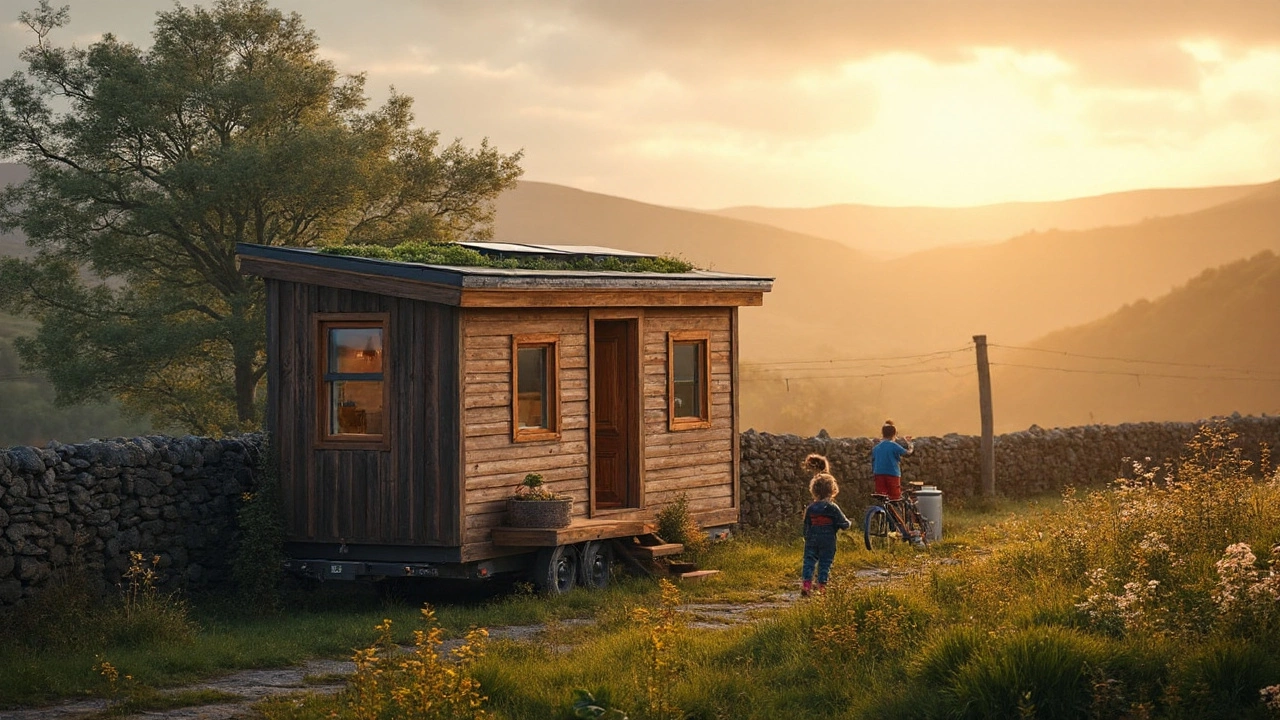Sustainable Tiny Homes: How Small Living Can Be Big for the Planet
If you’ve ever wondered whether a tiny house can actually help the environment, the answer is a loud yes. Tiny homes use less material, need less energy to heat and cool, and often sit on smaller plots that disturb fewer natural habitats. In practice, that means lower utility bills, a smaller carbon footprint, and more room for the things you love – like a garden or a weekend adventure.
One of the biggest wins for tiny homes is the reduced need for building materials. Because you’re working with a footprint of 200‑400 square feet, the amount of timber, steel or concrete drops dramatically. Builders often source reclaimed wood or locally‑sourced bricks, cutting transportation emissions and giving old materials a new life. The result is a house that feels cozy without the waste of a conventional build.
Design Tricks That Make Tiny Homes Green
Design matters as much as size. Passive solar orientation lets the sun warm the interior in winter while shading devices keep it cool in summer. High‑performance windows and airtight insulation keep heat where it belongs, so you spend less on heating. Many owners add a tiny solar array on the roof – a single 300‑watt panel can supply enough electricity for lights, a fridge and a laptop.
Water savings are another easy win. Low‑flow fixtures, dual‑flush toilets and rainwater harvesting tanks can reduce municipal water use by up to 60 %. Some homes even install composting toilets, eliminating water use entirely for waste. Pair that with a small grey‑water system that recirculates shower water for garden irrigation, and you’ve built a near‑self‑sufficient system.
Living Off‑Grid Without Compromise
Going off‑grid sounds extreme, but many tiny‑home owners do it without sacrificing comfort. A modest battery bank stores solar energy for cloudy days, while a propane heater handles the occasional freeze. Because the space is so small, you can heat the whole house with a 1‑kilowatt electric heater, which costs pennies per hour. Add a composting fridge that runs on a few watts of power, and you’ve got a functional kitchen without a noisy compressor.
Mobility also contributes to sustainability. A tiny house on wheels can be moved to a friend’s plot, a community garden, or a low‑tax area, reducing the need for a permanent foundation and its associated site work. When you relocate, you’re not abandoning the house – you’re extending its useful life while keeping your carbon impact low.
Bottom line: Sustainable tiny homes prove that less really can be more. By cutting down on materials, energy, and water use, you free up resources for other priorities – whether that’s travel, hobbies, or simply breathing easier knowing you’re doing right by the planet. Ready to try it? Start small, think big, and let your next home be a step toward a greener future.
How Tiny Houses Are Eco‑Friendly: Energy, Materials, and Real Numbers (2025)
Tiny houses cut energy, materials, water, and waste. See the numbers, design steps, and checks that actually make a tiny home eco-friendly in 2025.
- Sep, 16 2025
- 0 Comments
